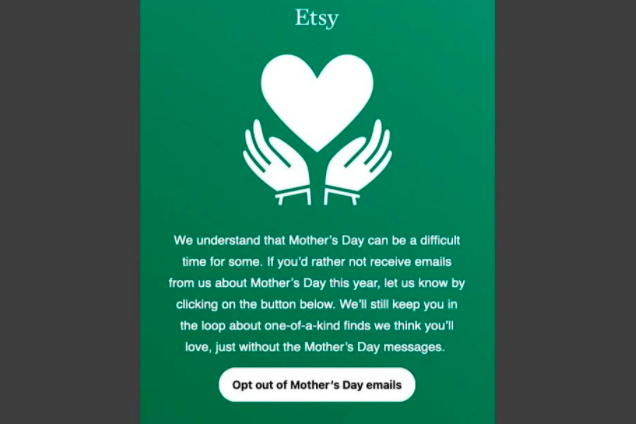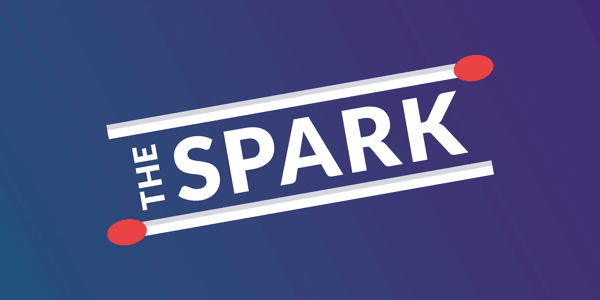Now or Whenever?Should I post right now or should I wait? This digital-age-old question stumps many a social media manager each year. But the quest for answers may be over — Sprout Social released a report with the low-down on the best times to post on each major platform.
(The) Spark notes breakdown:
Remember, this is a big study spanning brands of all kinds. While this data serves as a great starting point, knowing when your audience is most active is most important. These timing suggestions shouldn’t be the hard and fast rule, but simply a guiding reference to test against your own audience. And don’t shy away from the insights and analytics section of your brand’s accounts — the data gold is waiting to be mined.
TL;DR: Sprout Social’s new report details the best times to post on each social media platform based on average user engagement.
Down to the MinuteRemember when YouTube added timestamped comments one whole week ago? Well, Spotify couldn’t sit back and let YouTube have all the fun. The audio platform is placing its own spin on the feature by allowing users to share a timestamped link to podcasts. Now, you can share your favorite moment of The Daily down to the exact minute on Instagram, Facebook (Stories or Feed), Snapchat, Twitter, WhatsApp, and SMS. Goodbye, beloved “from the New York Times, I’m Michael Barbaro” intro.
For marketers, this is a social-media-sharing dream that makes it all to easy to capitalize podcast content relevant to their brands, whether it’s a brand shoutout or an employee interview. Just think: Rather than hope your followers find the interview with your brand’s CEO that starts 37 minutes into a podcast, you can link directly to the moment and sleep easy knowing listeners won’t get lost in the shuffle. And for branded pods, drop a #shamelessplug on social to the best part of episodes to capture audience’s attention and keep them listening. This is the best thing to happen to podcasts since skipping ads! Kidding, of course.
TL;DR: Spotify added a new timestamped sharing feature for podcasts.
All Aboard the TikTok TrainWhether you love it or you hate it (but still secretly like it), you can’t deny TikTok is a powerful platform. And if you try to deny it, a report from the Harris Poll Brand Platform may change your mind. The 43-page report dives into trends on the platform, brands doing TikTok well, and how it compares to other social sites — finding brands on TikTok have a more supportive audience than on any other platform.
Other notable findings include users’ perception that TikTok is the most “Avant-Garde” of the social platforms, seeing it as cutting edge compared to the Facebooks and Twitters of the internet. The report also found that humor-based content prevails and brands that tap into user-generated content are favored most. And while Gen-Z tends to be the audience most associated with TikTok, Millennials are most likely to be swayed into purchasing an item due to TikTok influences.
It’s clear users prefer brands’ approach to marketing on TikTok more so than elsewhere. (Advice from the ’Tok itself is to “make TikToks, not ads.”) While not all brands will necessarily thrive on the platform, there’s little harm in getting creative and giving it a shot.
TL;DR: A report from Harris Poll found users support brands on TikTok more so than other popular social media platforms.
What Lit Us Up
Shoutout to Opting OutIt’s bad enough to receive an ad that isn’t actually applicable to you, but to be “targeted” with marketing that brings up unwanted feelings, doesn’t leave you with the best feelings towards the brand, no matter how well-intentioned their campaign was. Ahead of Mother’s Day last week, some brands took a proactive and thoughtful approach giving subscribers the option to opt-out of receiving mother-related marketing.
Pandora, Etsy, Aesop, Milk Bar, Parachute, and Away were just some of the brands that offered the ability to sit out their Mother’s Day campaigns. While the holiday is usually a pretty big one for sales, the specific opt-out option follows a trend that sees brands trying to be more sensitive to different family dynamics and personal situations by giving customers control over the kind of messaging they receive.
Rather than angrily opting out of all marketing communications after receiving something potentially upsetting, consumers appreciate when brands show consideration around sensitive topics. And while it may seem counterintuitive from a marketer’s perspective, sending less content can go a long way in creating loyalty and making audiences more receptive to your brand in the future. Allowing consumers to choose the communication that best aligns with their values, identities, and family dynamics will only increase in popularity, so marketers will want to think about factoring in this kind of messaging for Father’s Day and beyond.
TL;DR: By providing options like opting out of Mother’s Day emails, brands show consumers they understand marketing isn’t one-size-fits all. (Was this email forwarded to you? Sign up here.)
|
-1.png?upscale=true&width=346&upscale=true&name=Tier%20One%20logo_color%20(1)-1.png)


